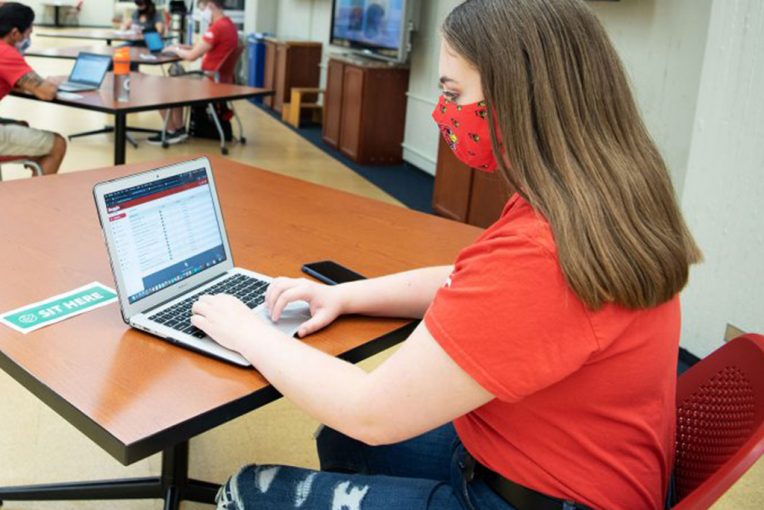I don’t have any spare time for an internship. I need to work a part-time job to pay for my education. These concerns are common for many students, but they don’t have to prevent you from participating in professional experiences outside of the classroom. Thanks to the development of microinternships, you can still develop your skills, explore careers, make valuable professional connections, and gain practical experience in your field.
What are microinternships?
Microinternships are short-term, paid professional opportunities that can be completed year-round. Students gain valuable work experience, while providing immediate support to potential employers. Both the employers and students benefit by having an opportunity to do actual work with one another before committing to an internship or full-time role.
“Companies have always offered various short-term projects for students, so microinternships have been around for a few years,” states Career Services Internship Manager and Career Advisor Debbie Ungson-Walbert. “It really took off in popularity during the pandemic when traditional internship opportunities were not viable options during the pandemic. The goal is to continue providing opportunities for students to utilize their skills while also participating in some real-world projects to include in their resumes.”
Microinternships cannot be taken for academic credit and are not meant to replace internship experiences that many colleges require. However, microinternships allow students to utilize their classroom knowledge to complete professional assignments while gaining experience and demonstrating their transferable skills such as problem-solving and communication to the employers.
Identifying microinternship opportunities
Career Services provides a link to a microinternship webpage, in conjunction with Parker Dewey. This site provides students with a database of projects that can be completed as students have time, and without having to work around their class schedule. For example, some of the projects posted currently include developing a social media content calendar remotely for an organization in New York City, and comparing products and services offered by a similar organization for research and product development purposes.
Organizations in the database vary by industry and can range from Fortune 100 companies to emerging startups, and cross departments such as sales and marketing teams, technology, human resources, and finance and accounting. So students from all industries are encouraged to explore the postings to identify projects for which they may want to participate.
Microinternships are gaining popularity because they are based on the kind of work that an organization needs to be done. A project may take a few weeks or a few months. Regardless, microinternships allow students the flexibility to complete paid projects while aligning them with their availability.
According to Ungson-Walbert, many more students will be able to participate in microinternships than regular internships: “Because many microinternships are remote, they are accessible to a wider base of students. They also eliminate the geographical and economic barriers for students who may not be able to afford to move or live in another city or state for their experience. At Illinois State, providing options that are inclusive is always a win.”

